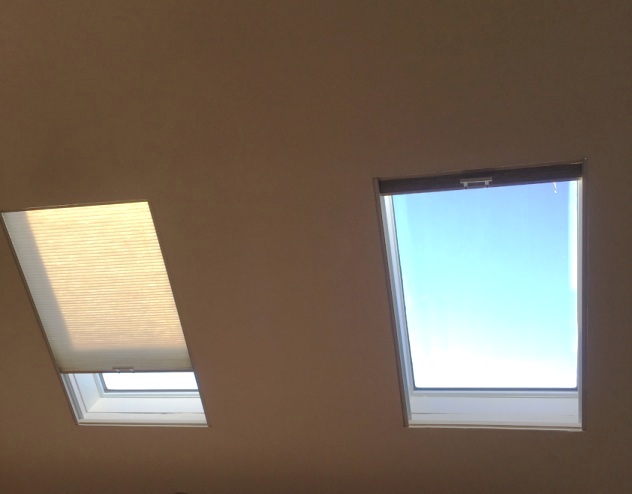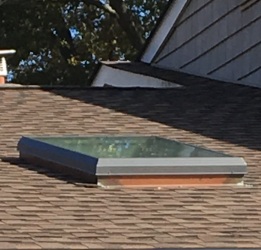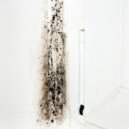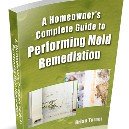Find a pre-screened local mold removal specialist Free Estimate
Find a Mold Specialist Now
Click or Call, Toll-Free 24/7
Skylight Leaks and Mold
Skylights add beauty, light, and value to your home, but when not sealed properly, then can cause major headaches. Often, leaks from skylights are difficult to diagnose and repair. While older skylights are notorious for leaks, newer-built and designed products have improved. Regardless, any skylight can leak for a variety of reasons. If you notice water dripping from your skylight, or signs of discoloration in the drywall around your skylight, you should take steps to find the reason for the leak and take care of any issues immediately. Skylight leaks can cause damage to your ceiling or drywall, and lead to issues with indoor mold and mildew.
Why is Your Skylight Leaking?
Skylights leak for a variety of reasons. Due to the dangers of working in elevated areas, only an experienced contractor should inspect or repair your skylight. Before you talk to a professional, try to determine when and where the leak occurs. Pay attention to when and where the skylight seems to be leaking. A constant drip should be investigated by a professional as soon as possible. For a seemingly intermittent leak, try to determine what is causing water to infiltrate. Does the leak seem to worsen after a rainfall? Is it better at certain times of the year? Or, is the problem steadily growing worse? The different causes of leaks can lead to very different recommended repairs. Here are some of the most common factors contributing to skylight leaks.
Roof Issue - Your skylight leak may indeed not be an issue with your skylight, but with the roof. Depending on the placement of the skylight, moisture may be infiltrating broken or worn roof tiles and dripping into your house through the skylight. An annual professional roof inspection can help you determine the state of your roof and identify individual shingles that may need to be repaired or replaced.
Improper Sealing - If your skylight is not properly sealed, you may eventually have an issue with leaks. Sometimes, recaulking the area around the skylight can prevent further water intrusion. You may also need to check the flashing around the skylight. Flashing is the material that prevents water from seeping in between the roof shingles and the skylight. If you have an issue with the flashing, you may need to remove it and replace it.
Cracked Skylight - Sometimes the skylight itself is damaged, whether it’s worn from age or due to the impact of falling debris. In this case, the skylight will need to be replaced or removed to prevent leaks.
Indoor Condensation - If your skylight is placed in a bathroom where warm, damp shower air rises to the ceiling, you may actually have an issue with indoor condensation. Humid air comes in contact with the cool surface of the skylight and forms moisture droplets which drip back down or cloud your skylight’s window. In these cases, you’ll need to take steps to avoid the build-up to dampness in your bathroom. Turning on a bathroom fan or cracking a window when you shower may be the most simple option. You may also want to use a dehumidifier in your home. More complex solutions include improving the insulation around the skylight and checking for improper installation.

Skylight Repairs
Working around elevated skylights increases the risk of injury and falls, so skylight inspections and repairs should be completed by a professional. Once you’ve determine the cause of your skylight leak, repairs may range from simple caulking to removal or replacement or parts. Your contractor will be able to recommend the best solution after inspecting the skylight and any stains on the walls. If your skylight is deemed beyond repair, you should either replace it or remove it to prevent long-term damage to your home.
Replace or Repair Indoor Damage
Drywall that is visibly wet or discolored should be removed and replaced. If your walls and ceiling have suffered damage as a result of a skylight leak, you’ll need to take steps to repair them. First, make sure that your skylight issue has been correctly diagnosed and taken care of. This avoids the need for repeated attempts to repair drywall after an improper repair has been made. If you notice any signs of mold, call a professional mold removal expert to inspect the stains on your drywall before you make any repairs. Cutting into drywall affected by mold can release mold spores into the air. These mold spores are dangerous to breathe in, especially for those with mold allergies or asthma.
Check for Signs of Indoor Mold
Leaking skylights can lead to the formation of mold in your home. In addition to repairing and replacing drywall, when you’re dealing with the aftereffects of a skylight leak, be sure to inspect your home’s interior for any signs of mold growth. You may notice a musty odor or observe surface stains that appear to be related to mold or mildew. Left untreated, mold can cause further damage to your home and lead to health issues for certain more susceptible individuals. If you see signs of mold or you’re concerned about the presence of hidden damage behind your walls after a skylight leak, you can schedule a free inspection. This free home inspection will be performed by a knowledgeable mold removal expert who will provide you with a written estimate of the cost to remediate your home. To find an expert in your area, you can search online by entering your zip code and describing your concerns here.
Return From Skylight Leaks To Our Main Prevention Page
Free Home Inspection By A Mold Removal Specialist
Search This Website

Recent Articles
-
See Our 5 Recommended Mold Removal Companies in Covington, KY
Apr 16, 25 12:59 PM
-
See Our 5 Recommended Mold Removal Companies in Wheaton, IL
Jun 20, 24 10:33 AM
-
See Our 5 Recommended Mold Removal Companies in Aberdeen, SD
Oct 08, 21 04:05 PM




